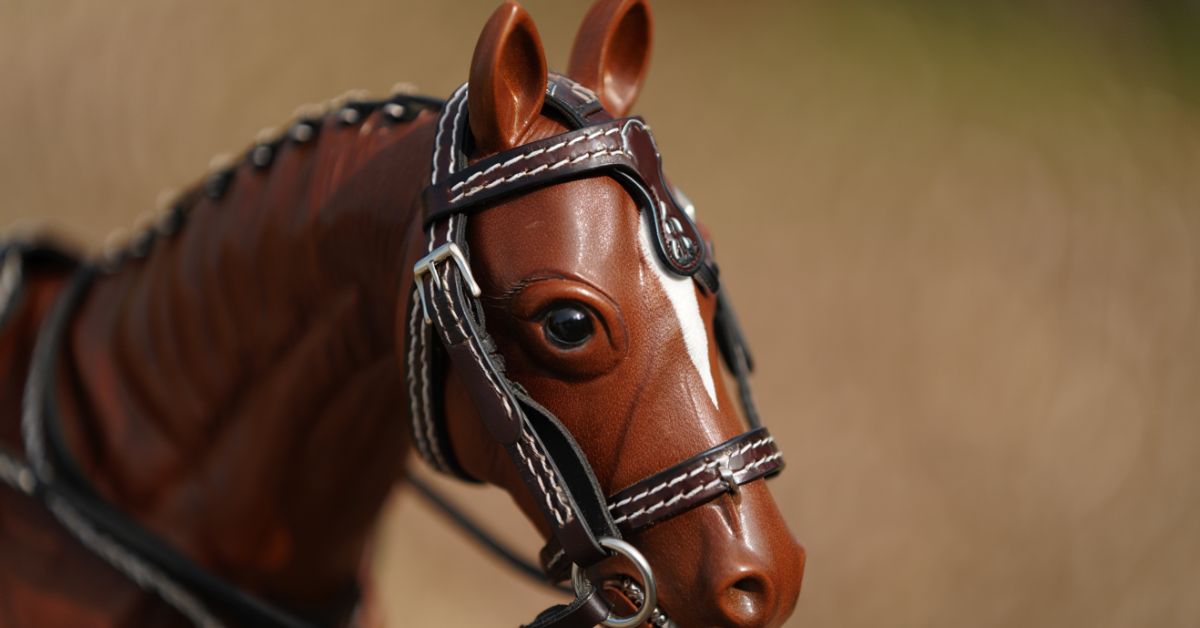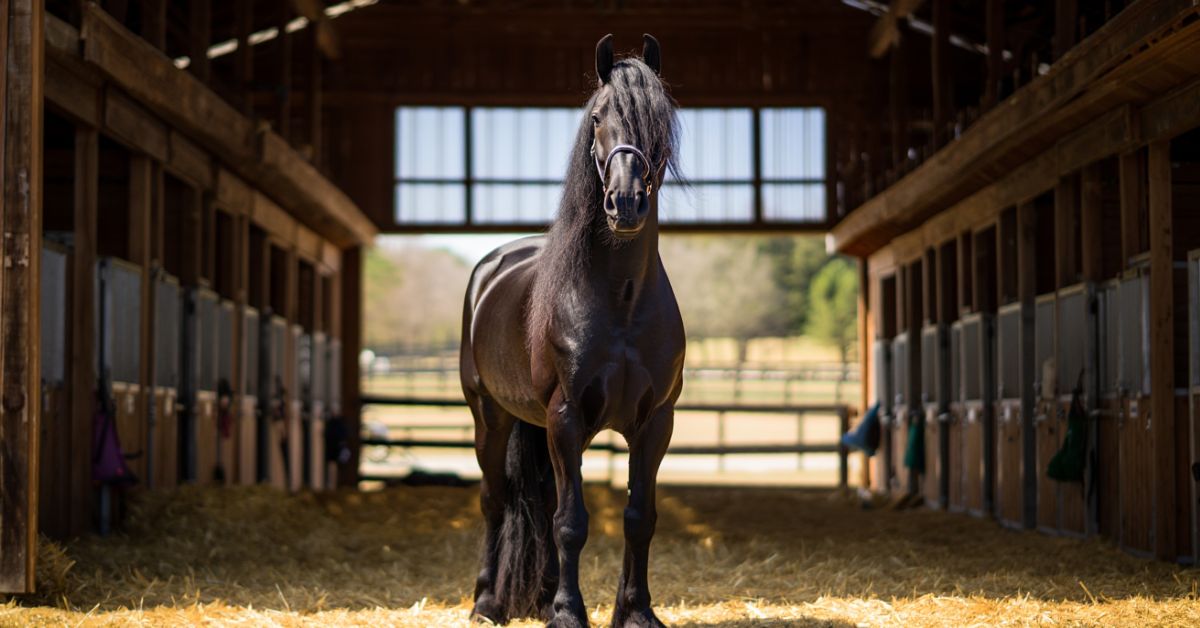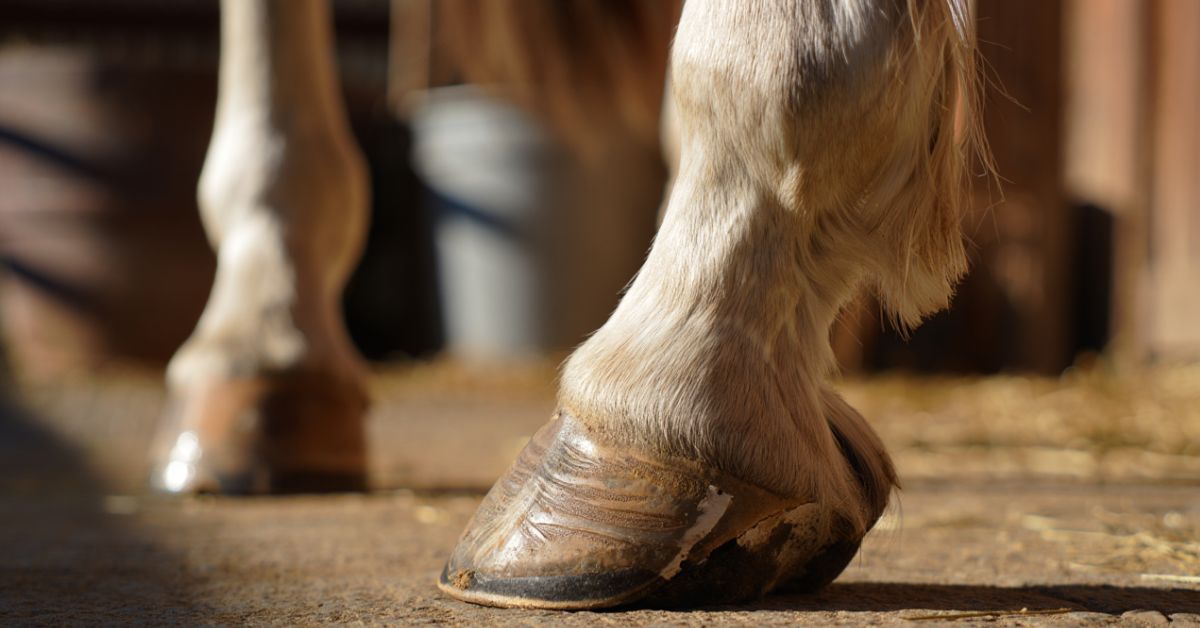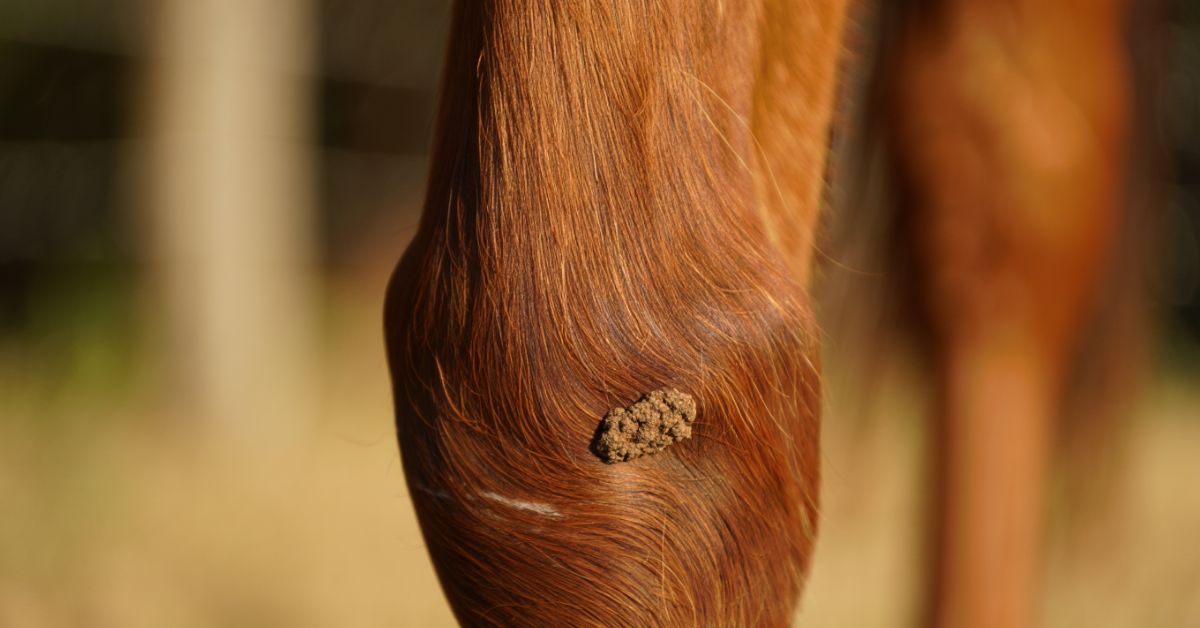
What is a Horse Bridle: Complete Guide to Types, Parts & Proper Fit
Ever wondered what is a horse bridle and why it's such a crucial piece of equine equipment? A horse bridle is essentially your communication system with your horse – it's the headgear that allows you to guide, direct, and communicate with your equine partner during rides. Think of it as the steering wheel of your horse! 🐴
At Dream Horse, we understand that choosing the right bridle can make or break your riding experience. Whether you're a seasoned equestrian or just starting your journey with horses, understanding bridle components, types of horse bridles, and proper bridle fit and function is essential for both safety and performance. A well-fitted bridle ensures clear control and communication with a horse while maintaining comfort for your beloved companion.
The anatomy of a bridle might seem complex at first, but once you understand each component's purpose of a bridle, you'll appreciate why this piece of horse tack has remained largely unchanged for centuries. From the traditional English bridle to the robust Western bridle, each style serves specific riding disciplines and communication needs.
Chapter 1: Understanding the Anatomy of a Horse Bridle
The Foundation: Horse Bridle Parts
Understanding horse gear starts with knowing each component of a bridle. The anatomy of a bridle consists of several interconnected pieces that work together to create effective communication between rider and horse.
The headstall forms the main structure, comprising the crownpiece that sits behind the horse's ears, distributing pressure evenly across the poll. The browband prevents the bridle from sliding backward, while cheek pieces connect the headstall to the bit. These fundamental bridle components create the framework for control.
The noseband serves multiple purposes – it can help keep the horse's mouth closed, prevent the bit from sliding through the mouth, and provide additional control points. Different types of horse bridles feature various noseband styles, from simple cavessons to more complex flash nosebands.
Essential Control Elements
The throatlatch secures the bridle by fastening under the horse's throat, preventing the bridle from coming off over the horse's head. It should allow space for the horse to flex at the poll – typically two fingers' width when properly adjusted.
Reins are your direct communication lines, transmitting your hand movements to the bit and ultimately to your horse's mouth. Whether you prefer leather reins for their traditional feel or synthetic materials for easy maintenance, the quality of your reins directly impacts your communication effectiveness.
The bit and bridle mouthpiece are perhaps the most critical components, as they make direct contact with the horse's mouth. From gentle snaffle bridle bits to more complex Weymouth bridle arrangements, each type serves different training and riding purposes.
Chapter 2: Types of Horse Bridles for Every Discipline
English Bridle Systems
English bridles are characterized by their refined appearance and precise functionality. The classic snaffle bridle remains the most popular choice for everyday riding, training, and many competitive disciplines. Its simple design features a single bit that acts directly on the horse's mouth through rein pressure.
For advanced dressage and formal events, the double bridle system employs two bits simultaneously – a snaffle and a curb bit. This sophisticated setup requires skilled hands and provides nuanced communication for advanced movements. The Weymouth bridle specifically refers to this double bridle configuration used in upper-level dressage.
Show bridles for English disciplines often feature decorative elements like colored browbands, patent leather nosebands, or silver hardware. However, functionality should never be sacrificed for appearance when selecting horse tack.
Western Bridle Variations
Western bridles reflect the practical heritage of ranch work and cattle handling. These bridles typically feature wider leather straps and often incorporate decorative tooling or silver conchos that express the rider's personal style.
The traditional western curb bit provides leverage action through longer shanks, requiring lighter hand contact than direct-pressure snaffle bits. Many western riders prefer split reins that can be dropped without the horse stepping on them – essential for ranch work where dismounting frequently is necessary.
Hackamore setups represent a bitless bridle option popular in western riding. These rely on pressure points on the nose and chin rather than mouth contact, making them excellent choices for horses with mouth sensitivities or specific training approaches.
Specialized and Bitless Bridle Options
-
Bitless bridles are gaining popularity among horse enthusiasts seeking gentler communication methods
-
Hackamores provide control through nose pressure rather than mouth contact
-
Side-pull bridles offer direct lateral control without leverage action
-
Cross-under bitless bridles distribute pressure across multiple points on the horse's head
Modern bitless bridle designs often incorporate sophisticated pressure distribution systems that maintain effective communication while eliminating mouth contact entirely. These options work particularly well for horses recovering from mouth injuries or those who've developed bit-related behavioral issues.
Chapter 3: How Bridles Work – Control and Communication with a Horse
The Science Behind How a Bridle Works
Understanding horse gear mechanics helps riders communicate more effectively with their horses. When you apply rein pressure, the bit creates pressure points in the horse's mouth, encouraging specific responses. Different types of horse bridles create varying pressure distributions and leverage actions.
Snaffle bridle systems work through direct pressure – when you pull the left rein, pressure is applied to the left side of the horse's mouth, encouraging a left turn. This straightforward action makes snaffles ideal for training young horses and beginning riders.
Curb bits operate through leverage principles, multiplying the force applied through the reins. The curb strap under the horse's chin creates a fulcrum point, while the bit shanks act as levers. A properly adjusted curb strap should engage when the shanks reach approximately 45 degrees from vertical.
Pressure Points and Response Systems
The purpose of a bridle extends beyond simple steering. Skilled riders use various bridle components to influence their horse's posture, balance, and engagement. The noseband can encourage the horse to accept bit contact, while the browband helps maintain consistent headset positioning.
Effective control and communication with a horse requires understanding how each component affects the horse's comfort and response. A properly fitted crownpiece distributes weight evenly, preventing pressure points that could cause head shaking or resistance.
Research shows that 87% of riding problems stem from poorly fitted tack – emphasizing why proper bridle fit and function is crucial for successful partnerships between horse and rider.
Training Applications
Different bridle for different disciplines serve specific training purposes. Dressage bridles often feature simple designs that allow subtle communication for precise movements. Jumping bridles might include standing martingales or other auxiliary equipment for additional control during excitement of competition.
As renowned horseman Ray Hunt once said, "The horse is a mirror to your soul, and sometimes you might not like what you see in the mirror." This philosophy extends to bridle selection – your choice should reflect your communication style and training philosophy.
Chapter 4: Proper Fitting and Bridle Sizing
Importance of a Well-Fitting Bridle
The importance of a well-fitting bridle cannot be overstated – it's the foundation of safe, comfortable riding for both horse and rider. Poor fit leads to resistance, discomfort, and potentially dangerous situations during riding activities.
Bridle sizing varies significantly between horses, even those of similar breeds and heights. The horse's head shape, particularly the width between the eyes, length from poll to muzzle, and jaw structure, all influence proper fit. Never assume that one size fits all horses in your barn!
When putting on a bridle, observe your horse's reaction carefully. Signs of proper fit include relaxed facial expressions, willingness to accept the bit, and comfortable head carriage. Conversely, head tossing, mouth gaping, or resistance to bridling often indicates fitting problems.
Measurement Techniques and Adjustment Guidelines
Professional bridle fit and function assessment should be conducted annually, as horses' heads can change shape with age, weight fluctuations, or dental work. The crownpiece should sit comfortably behind the ears without pinching, while the browband should prevent forward sliding without pulling the crownpiece into the sensitive ear area.
Throatlatch adjustment requires careful attention – too tight restricts breathing and flexion, while too loose compromises security. The traditional "four fingers" rule works well for most horses, but individual anatomy may require modifications.
Noseband fitting varies by style and purpose. Cavesson nosebands should allow space for jaw movement and swallowing, typically fitting snugly but not tightly. Flash nosebands require even more careful adjustment to avoid restricting normal oral functions.
Material Considerations
Bridle Materials Selection Impact:
-
Leather bridles offer traditional appearance and gradually conform to individual horses
-
Synthetic materials provide easy care and consistent fit regardless of weather
-
Quality leather develops beautiful patina over time but requires regular maintenance
-
Modern synthetic options often incorporate padding for enhanced comfort
The choice between bridle materials (leather, synthetic) often comes down to personal preference, maintenance commitment, and budget considerations. High-quality examples of both categories serve horses well when properly fitted and maintained.
Chapter 5: Care, Maintenance, and Selection for Your Horse
Cleaning a Bridle – Essential Maintenance Practices
Proper cleaning a bridle extends its lifespan significantly while ensuring your horse's comfort and health. Leather bridles require regular conditioning to prevent cracking and maintain suppleness, particularly in areas of high stress like cheek pieces and rein attachments.
Cleaning a bridle should become part of your regular horse tack maintenance routine. After each ride, wipe down leather components with a damp cloth to remove sweat and dirt. Weekly deep cleaning with saddle soap removes embedded grime, while monthly conditioning keeps leather supple and water-resistant.
Synthetic materials simplify maintenance considerably – most synthetic bridles can be hosed off and air-dried without special treatments. However, don't neglect regular inspection of stitching and hardware, as these components still require attention regardless of the primary material.
Selection Criteria for Different Riding Styles
Choosing the right bridle for different disciplines requires understanding your specific riding goals and your horse's individual needs. Dressage bridles emphasize subtle communication and elegant appearance, while jumping bridles prioritize security and quick adjustments during competition stress.
Western bridles often incorporate decorative elements that allow riders to express their personal style while maintaining functionality. Consider how decorative elements might affect bridle fit and function – beautiful silver conchos shouldn't compromise proper adjustment or horse comfort.
Show bridles for any discipline must balance competition requirements with practical functionality. Research your discipline's specific equipment regulations before investing in competition tack.
Removing a Bridle and Storage Best Practices
Proper removing a bridle technique protects both equipment and horse. Always remove the bit gently, allowing the horse to release it naturally rather than forcing it from the mouth. Reins should be unclasped or removed first to prevent tangling during the removal process.
Storage affects bridle longevity significantly. Proper tack rooms maintain consistent temperature and humidity levels, while bridle racks prevent stress creases in leather components. Clean, dry storage areas prevent mold and mildew that can destroy expensive horse tack.
Consider investing in quality storage solutions that maintain your bridle's shape and condition. Dream Horse offers storage accessories that protect your investment while keeping your tack room organized and professional-looking.
Frequently Asked Questions on Horse Bridles
What is the difference between a bridle and a halter?
The key difference in bridle vs. halter lies in their intended purposes. A halter is designed for leading, tying, and general handling of horses on the ground, while a bridle is specifically designed for riding and includes components like reins and a bit for communication during mounted activities.
Halters typically feature a simple noseband design without bit attachments, making them unsuitable for riding control. Bridles incorporate reins, bits, and often more sophisticated noseband systems designed for mounted communication.
How do I know if my horse's bridle fits properly?
A properly fitted bridle should allow comfortable jaw movement, breathing, and head positioning without creating pressure points. The browband should prevent forward sliding without pulling the crownpiece into the ears, while the throatlatch should allow space for flexion – typically four fingers' width.
Watch for signs of discomfort like head tossing, resistance to bridling, or unusual mouth behavior. Professional bridle fitting services can help ensure optimal comfort and performance for both horse and rider.
What type of bridle should a beginner rider use?
Beginning riders typically benefit from simple snaffle bridle designs that provide clear, direct communication without complexity. English bridles with plain cavesson nosebands offer straightforward functionality, while Western bridles with split reins can be forgiving for developing hands.
Avoid complex double bridle systems or harsh bits until you've developed independent seat and steady hands. Your horse's training level should match your riding experience for optimal safety and learning.
How often should I replace my horse's bridle?
Quality bridles can last decades with proper care, but safety-critical components require regular inspection. Replace any bridle showing cracked leather, worn stitching, or damaged hardware immediately. Synthetic bridles typically last longer than leather but still require replacement when structural integrity becomes compromised.
Annual professional inspection helps identify potential problems before they become safety hazards. Dream Horse offers bridle inspection services to help ensure your horse tack remains safe and functional for years of enjoyable riding.
Ready to find the perfect bridle for your equine partner? Explore our carefully curated collection of horse tack and equine equipment at Dream Horse, where quality meets affordability. Express your style while ensuring your horse's comfort with our premium bridle selection – because every great partnership begins with the right equipment. ✨







